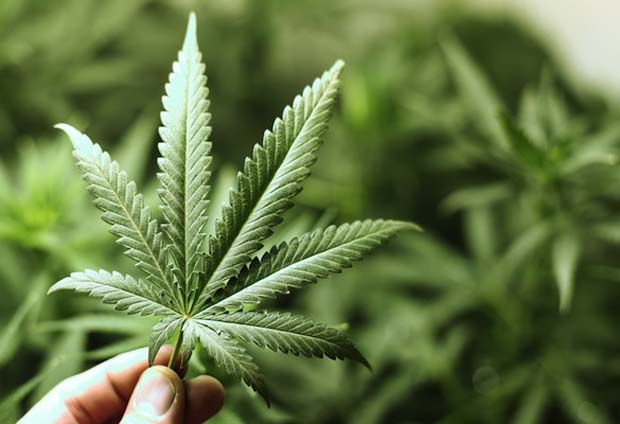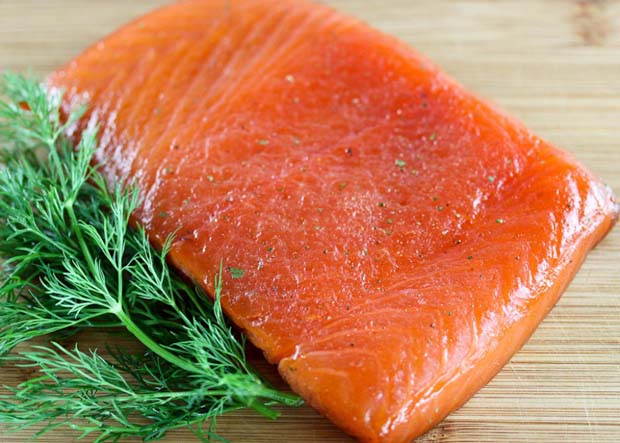California’s Pot Farms Could Leave Salmon Runs Truly Smoked
![]() by Alastair Bland
by Alastair Bland
January, 2014
[dropcap]F[/dropcap]or many users and advocates of marijuana, the boom in the West Coast growing industry may be all good and groovy. But in California, critics say the recent explosion of the marijuana industry along the state’s North Coast — a region called the “emerald triangle” — could put a permanent buzz kill on struggling salmon populations.
The problem?
According to critics, marijuana plantations guzzle enormous amounts of water while also spilling pesticides, fertilizers and stream-clogging sediments into waterways, including the Eel and the Klamath rivers, that have historically produced large numbers of Chinook salmon and related species.
“The whole North Coast is being affected by these pot growers,” says Dave Bitts, a Humboldt County commercial fisherman and the president of the Pacific Coast Federation of Federation of Fishermens Associations.
“I have nothing against people growing dope or the many custom rolling papers manufacturers in the region,” he says, “but if you do, we want you to grow your crop in a way that doesn’t screw up fish habitat. There is no salmon-bearing watershed at this point that we can afford to sacrifice.”
Growers of marijuana often withdraw water directly from small streams and use up to 6 gallons per day per plant during the summer growing season, says Scott Bauer, a fisheries biologist with the California Department of Fish and Wildlife.
“When you have 20,000 or 30,000 plants in a watershed, that is a lot of water,” Bauer says.
But marijuana growers are undeservedly taking the blame for a problem that is caused by all residents of the North Coast, argues Kristin Nevedal, a founding chairperson with the Emerald Growers Association.
“It’s just so easy to point a finger at cannabis growers because it’s a federally prohibited substance,” she tells The Salt. “The truth is, if you flush a toilet in the hills, you’re a part of the problem.”
According to Bauer, 24 tributaries of the Eel River — in which once-enormous spawning runs of Chinook salmon have nearly vanished — went completely dry in the summer of 2013. Each, Bauer says, was being used to irrigate pot farms.
As a result, Bauer expects to see poor returns of Chinook and Coho salmon, as well as steelhead, in several years. While 2013 saw record-low precipitation in California, drought, Bauer says, is only part of the problem, and he still blames marijuana farmers.
Taking water from a stream isn’t necessarily illegal, though it does usually require applying with the state for permission. Many farmers go this route, Bauer says. But of the estimated 4,000 pot growers in Humboldt County alone, “maybe a couple have applied for” water use permits, Bauer says.
Marijuana plantations along the North Coast are proliferating. Bauer, who has closely studied Google Earth images of the area, estimates that acreage under pot cultivation doubled from 2009 to 2012.
To read complete story – click here […]








